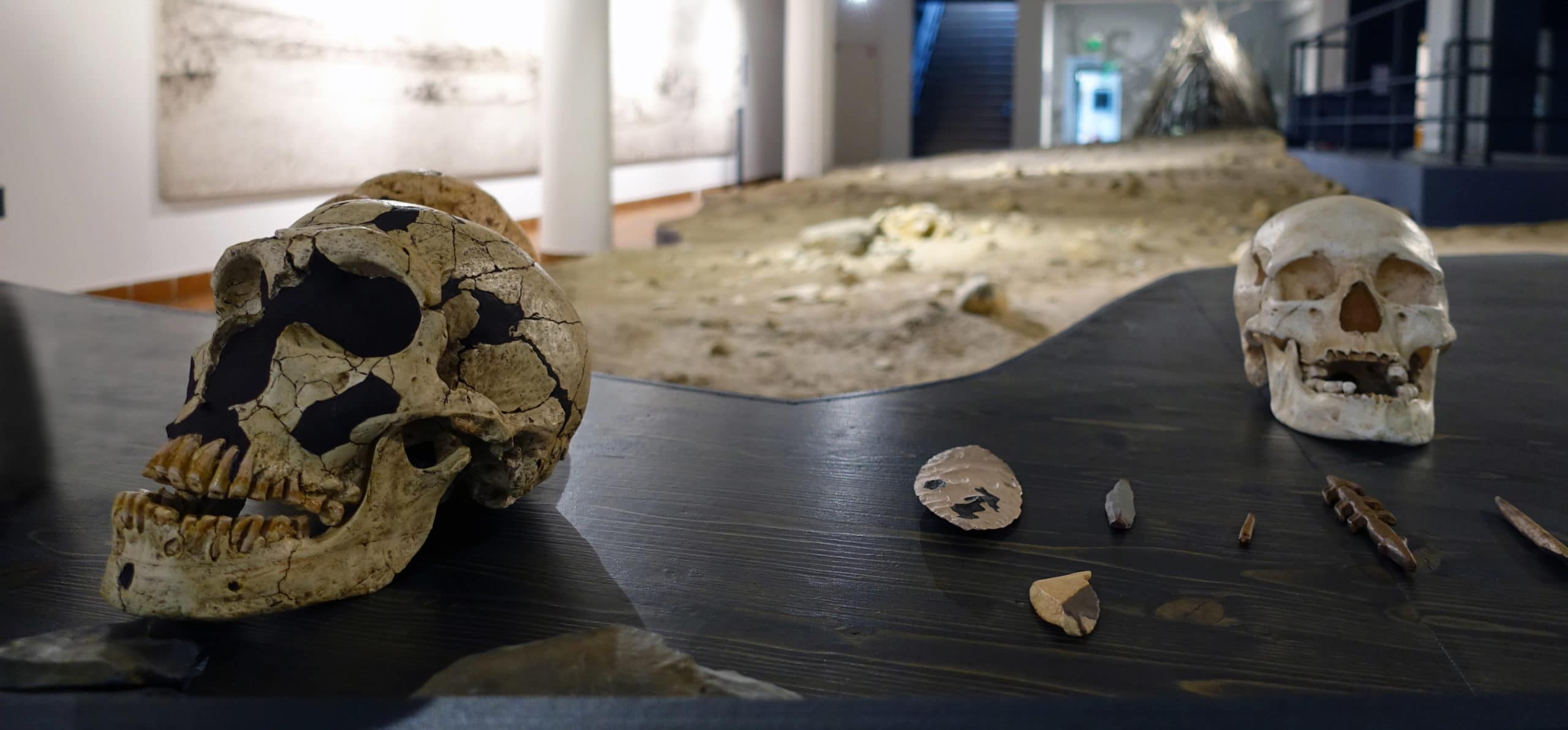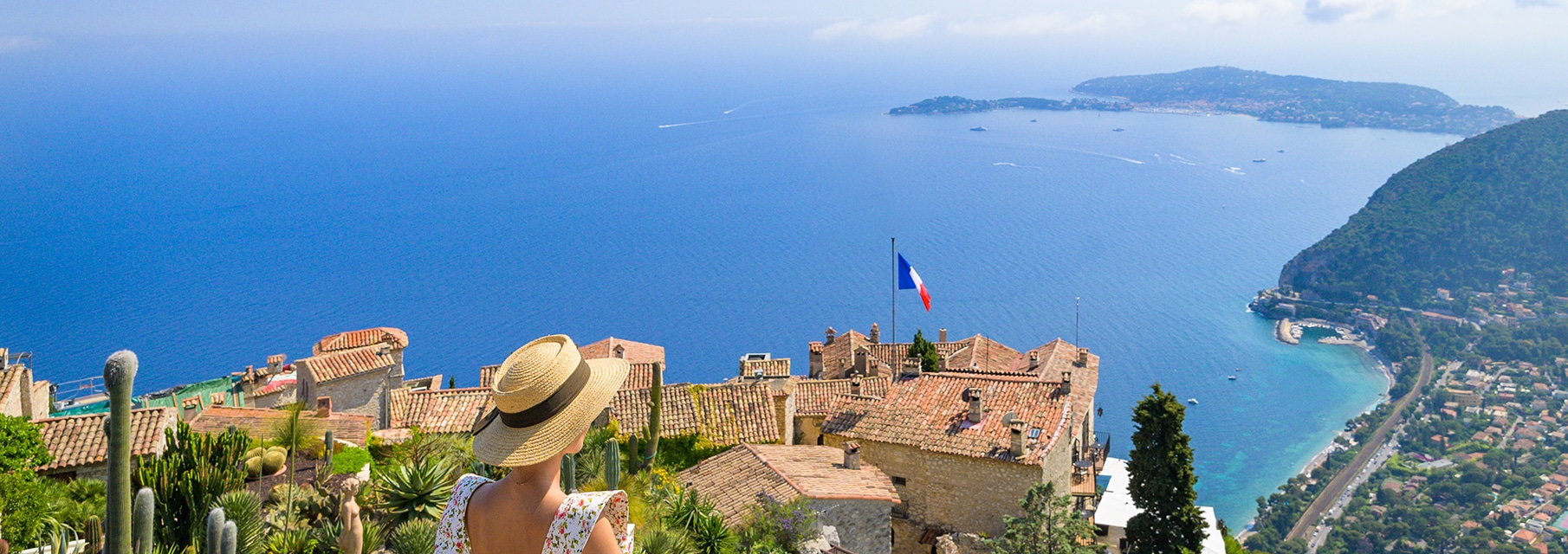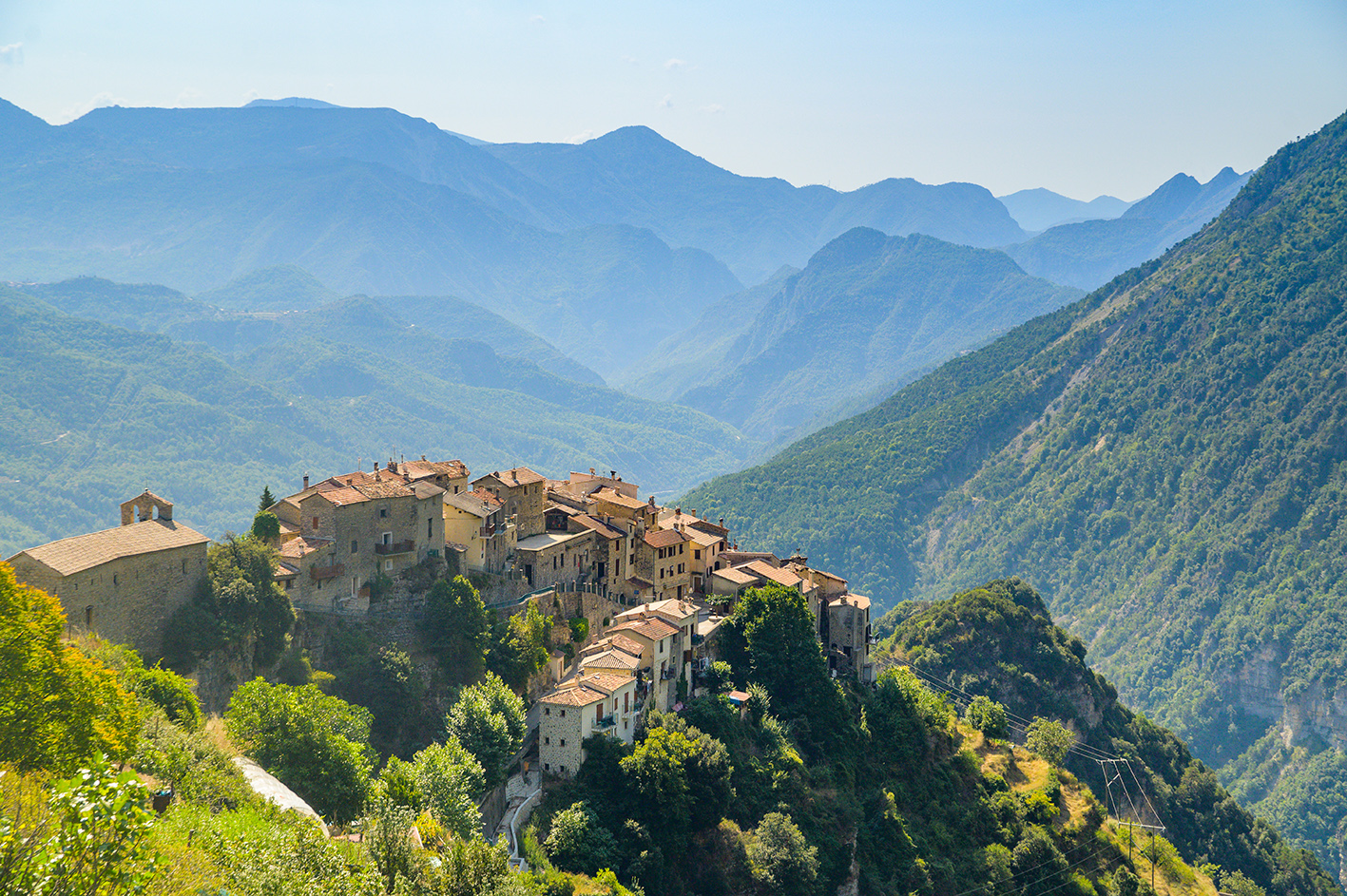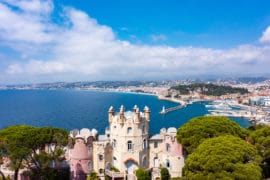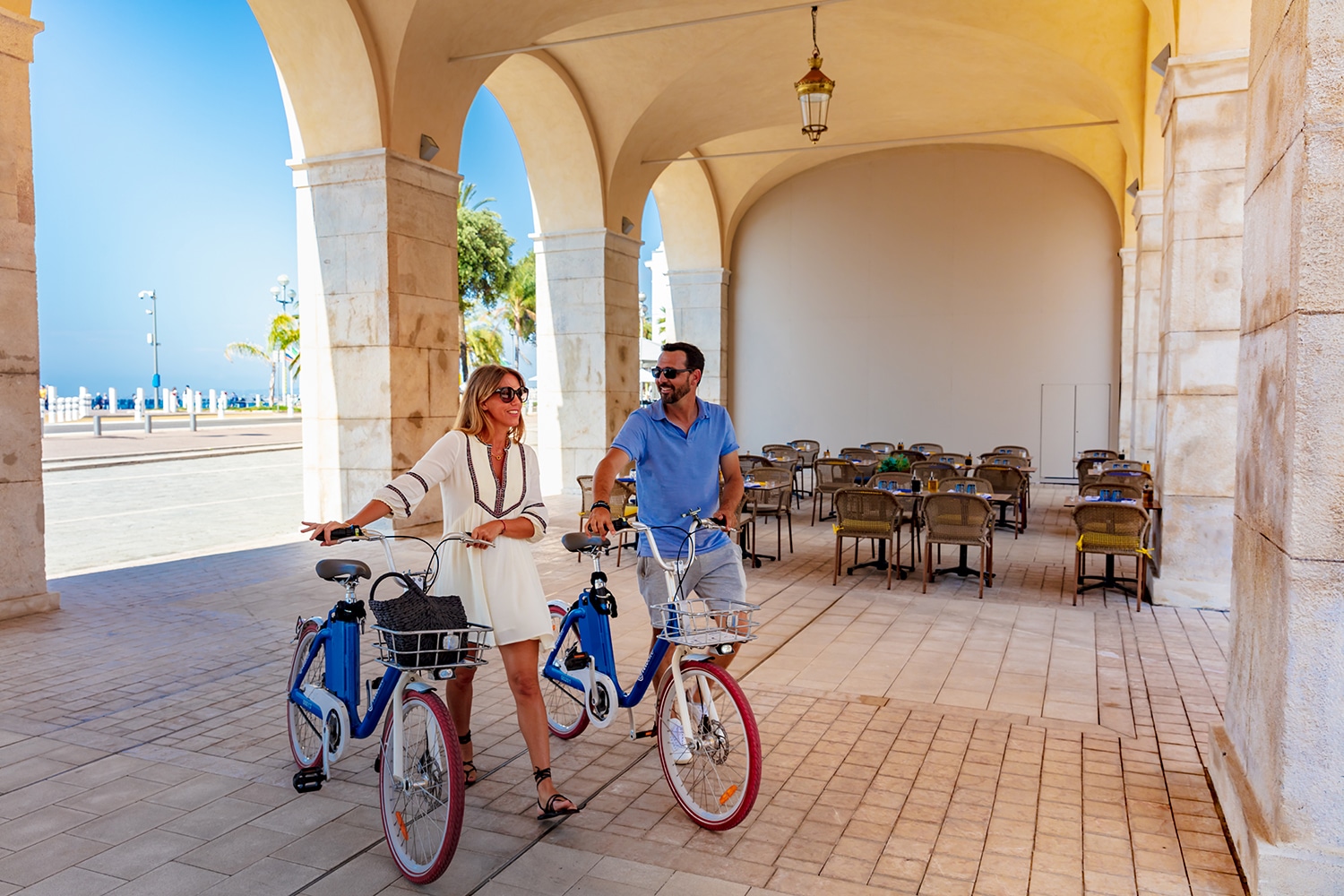Nice archaeology
There are few cities where human presence has been attested for nearly 400,000 years. And yet, this is the case in Nice where it is possible to observe vestiges from prehistory to antiquity, on land and at sea.
Terra Amata, the first traces of fire domestication in the world
The first traces of the domestication of fire in the world were discovered in Nice, on a 400,000-year-old elephant hunter’s camp. A world-renowned site, it has yielded the oldest organised fireplaces in human history.
Today, the Terra Amata Prehistoric Museum presents and preserves the remains of the way of life of the first inhabitants of Nice. They set up their huts on a beach and hunted elephants, rhinoceroses and deer. The men already carved symmetrical tools, called “bifaces” and hunted elephants in the Paillon plain.
The museum has been completely renovated for the 50th anniversary of the excavation of the site. It now offers an updated museography, integrating the latest discoveries and providing visitors with a new interactive and entertaining tour.
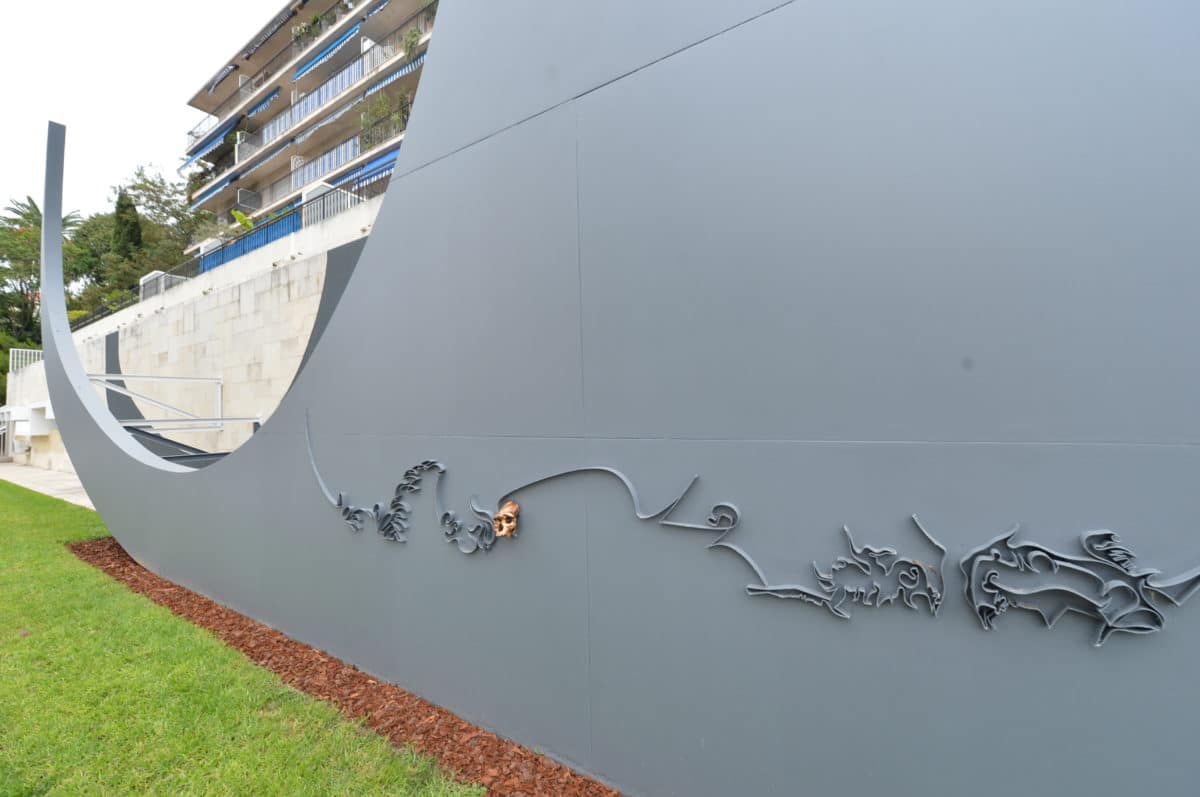
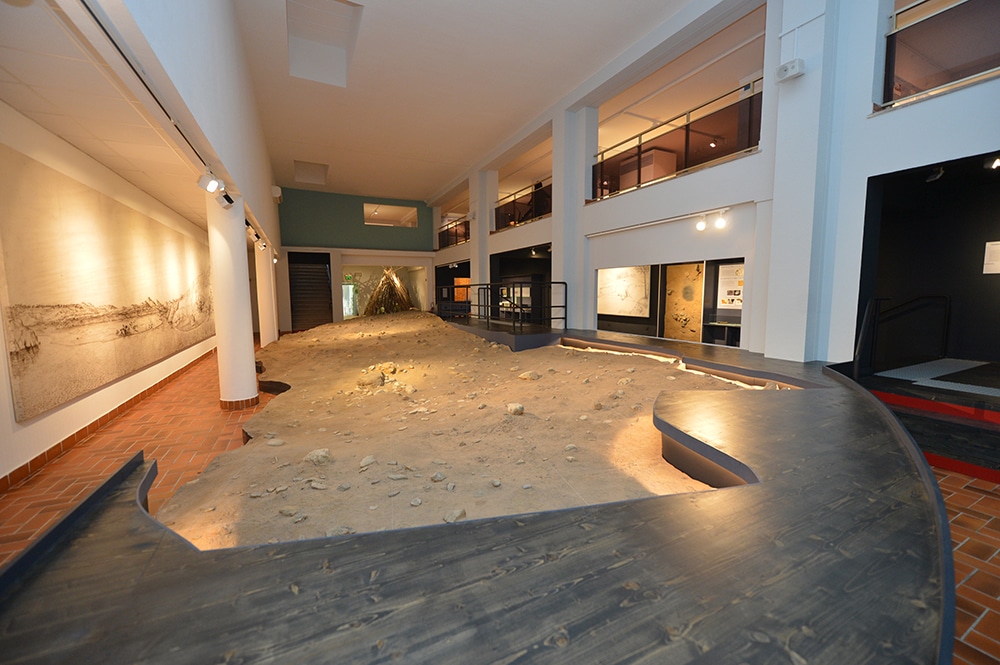
The Lazaretto Cave
Close to the port of Nice and neighbouring Terra Amata, the 170,000-year-old Grotte du Lazaret also reveals a prehistoric habitat from the Middle Paleolithic. This site is at the crossroads of human evolution and a source of knowledge of scientific and cultural interest.
Since prehistoric times, the Castle Hill has been occupied by humans for many centuries. Since 2009, excavations by the Nice Côte d’Azur Archaeology Department have brought to light a large number of remains that had been buried for several centuries, such as the fortifications and the former cathedral of the upper town built in the 5th century. Today, the excavations are focusing on the old medieval cemetery associated with the Sainte-Marie cathedral.
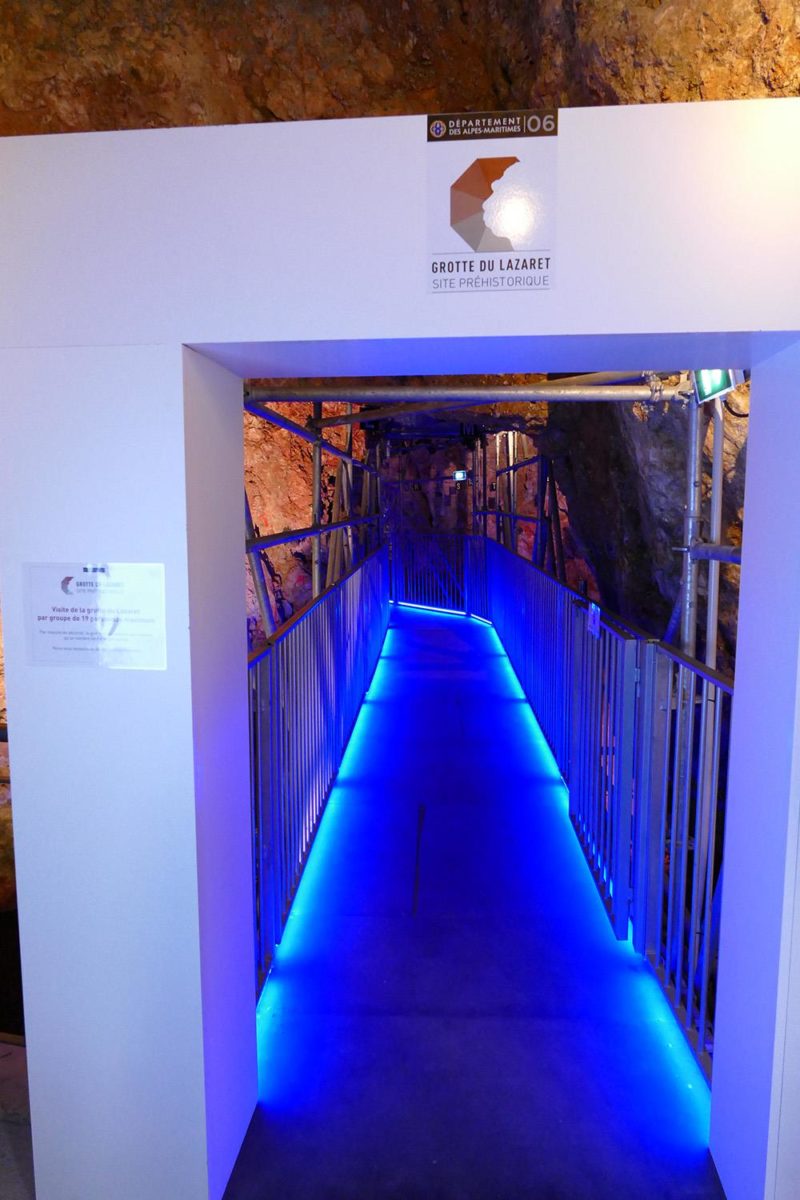

Ancient Nice: the hill of Cimiez, capital of the province of “Alpes Maritimae
The hill of Cimiez, occupied since Antiquity, is, with the the Castle hill, one of the principal archaeological sites of Nice. This district, located in the east of the city, is a tourist attraction for its monuments, gardens and museums.
Today a residential area of Nice, Cimiez was home to the city of Cemenelum in Roman times. It was chosen by Emperor Augustus in 14 BC as the capital of the new province of the Alpes Maritimes (Alpes Maritimae). Located on the famous Julia Augusta road linking Italy to Spain, Cemenelum reached its peak in the 3rd century.
It is possible to visit the remains of the Roman era: the Cimiez Arena, the amphitheatre, the thermal baths or the paleochristian basilica, close to the Cimiez Monastery and its gardens, which are very popular places for walking.
In the monastery’s cemetery are buried the painters Henri Matisse and Raoul Dufy as well as Roger Martin du Gard, winner of the 1937 Nobel Prize for Literature.

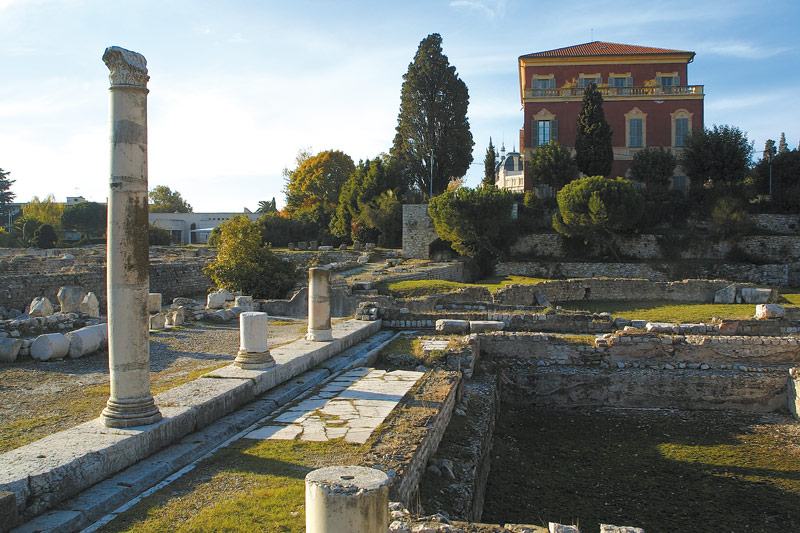

Nice, diving under land and sea
Not far from Vieux-Nice, under the Place Garibaldi, is the second-largest crypt in France after the Louvre, barely 6 m underground. Indeed, the tramway works have brought to light about 2,000 m2 of medieval and ancient remains. Well preserved, they tell the story of several centuries of the history of the city of Nice.
It is possible to admire a cylinder of the Pairolière tower dating from the 14th century. Also, the aqueduct supplies water to the gardens of the Sardinian palace of Old Nice and the ruins of the house of the medieval suburb of Augustins. But also the immense Saint-Sébastien bastion dating from the 17th century. Or the ditches of the fortifications or the pillars of the old bridge leading to the road to Turin. A central element in the defence of the county of Nice, these fortifications disappeared on the orders of Louis XIV, in 1706, and were forgotten for three centuries.
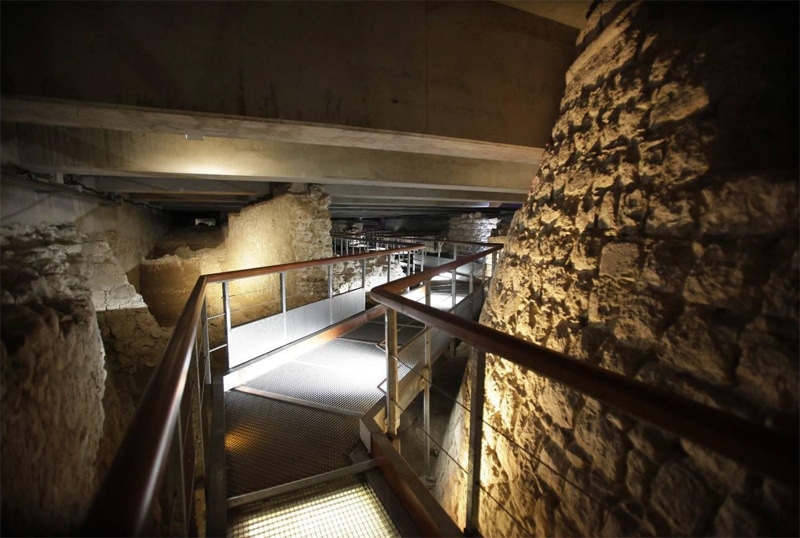
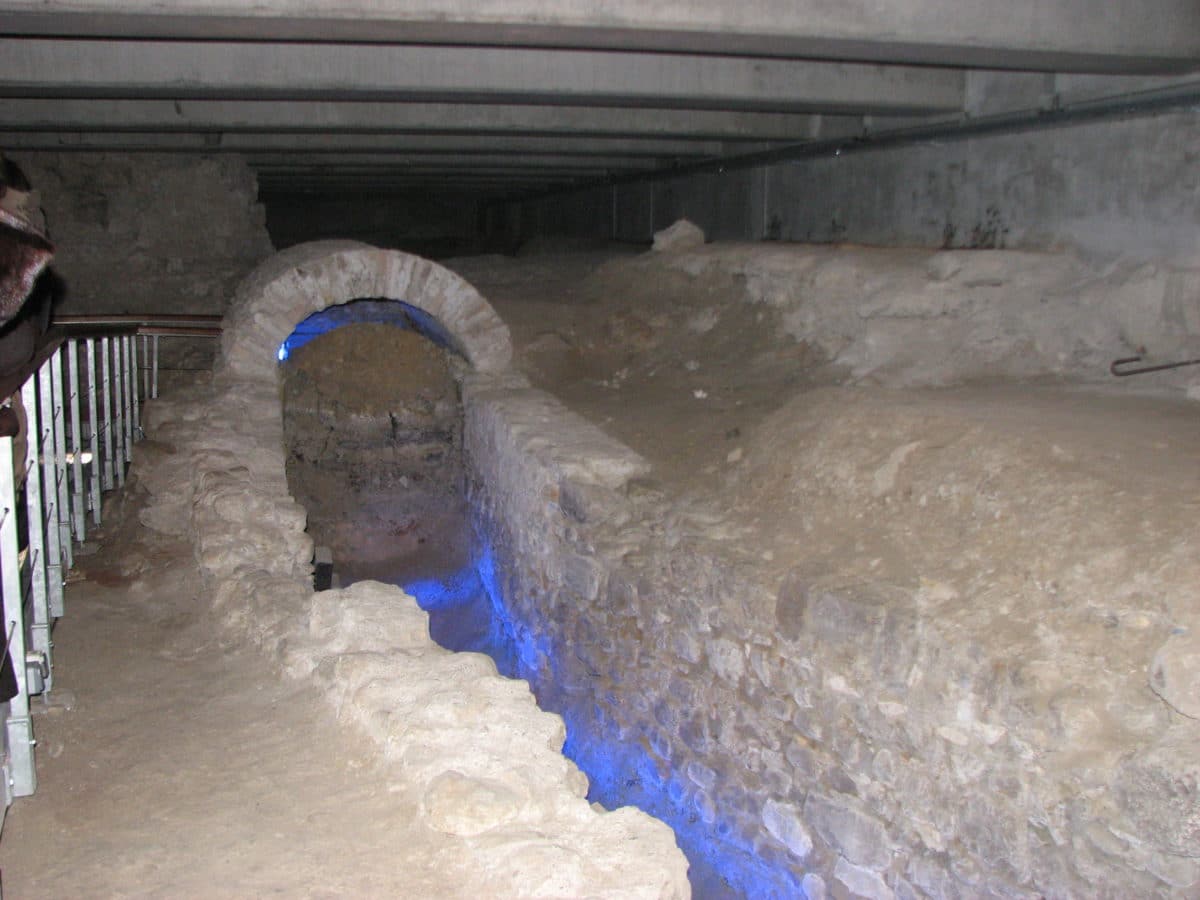
Although Nice reveals many of its secrets above and below ground, the underwater archaeology research unit of the Nice Côte d’Azur Metropolis -SANCA-, created in 2011, works on numerous projects ranging from the ancient periods to the more recent past, such as the study of the Casino de la Jetée-Promenade – a glass and metal palace built on the sea in 1882 and destroyed in January 1944 by the Germans.


